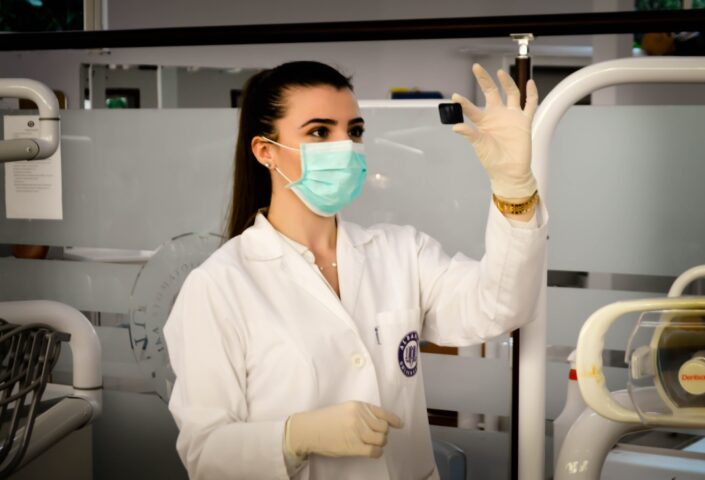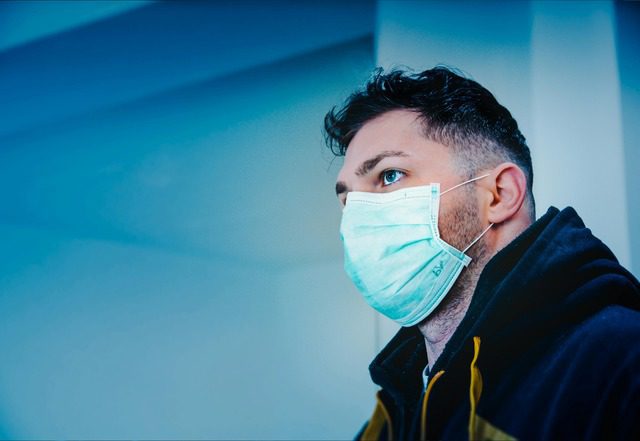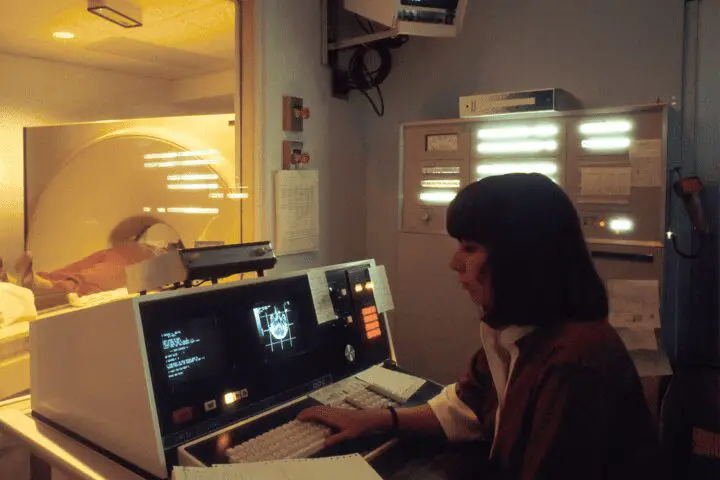In recent years, technology has completely reshaped the healthcare industry. From how hospitals operate to how patients receive care, technology brings new possibilities to the forefront of healthcare facilities. Innovations are not only enhancing patient care but also improving operational efficiencies, safety, and accessibility. In this article, we’ll explore the ways technology is revolutionizing healthcare facilities, looking closely at its benefits, specific technologies, challenges, and the future it holds.
Understanding the Role of Technology in Healthcare
Healthcare technology goes beyond medical equipment and patient records. It covers many solutions aimed at streamlining operations, improving patient care, and ensuring seamless access to essential services. By integrating technologies like artificial intelligence, the Internet of Things (IoT), electronic health records (EHRs), and telemedicine, healthcare facilities are transforming how they deliver care and manage information.


Key Areas of Technological Impact
To grasp the full scale of this transformation, let’s examine some specific areas where technology is impacting healthcare facilities:
- Patient Care and Safety
- Data Management and Electronic Health Records (EHR)
- Operational Efficiency
- Medical Research and Development
- Patient Accessibility and Telemedicine
Enhanced Patient Care and Safety
One of the primary benefits of technology in healthcare facilities is its positive impact on patient care and safety. With advanced monitoring systems and automated alerts, healthcare providers can now track patients’ vital signs in real time and address any issues promptly.
Real-Time Monitoring
Real-time monitoring tools can observe a patient’s heart rate, blood pressure, oxygen levels, and other vital statistics, sending immediate alerts to medical staff if abnormalities are detected. This system reduces the risk of unnoticed complications and helps staff respond faster to emergencies, significantly increasing patient safety.
Automated Drug Dispensing and Reducing Human Error
Medication errors are a serious concern in healthcare. With automated dispensing systems and barcoded medication administration, the potential for human error decreases. These systems ensure patients receive the right medication at the correct dosage, enhancing accuracy and reducing risks associated with manual processes.


Streamlining Data Management with Electronic Health Records (EHR)
Gone are the days of bulky paper records. Today, electronic health records (EHR) have become a standard tool for managing patient data. EHRs ensure that all patient information is digitized, making it easier to access, share, and update. These systems also improve coordination among healthcare providers, as all authorized personnel can access the same up-to-date information.
Benefits of EHR Systems
- Centralized Information
EHRs centralize all patient data, which can be accessed securely from anywhere within the healthcare facility. This ensures that patient history, treatment plans, lab results, and other critical data are always available for accurate decision-making. - Reduced Administrative Burden
By digitizing data, EHRs reduce the need for paper records and manual filing, which cuts down on administrative work and allows staff to focus more on patient care. - Enhanced Privacy and Security
Modern EHR systems incorporate advanced encryption and access controls, ensuring that sensitive patient data remains private and secure. Only authorized personnel can access the information, adding a layer of protection that paper records could never offer.


Boosting Operational Efficiency
Technology in healthcare is not only about patient care—it’s also about making healthcare facilities operate more efficiently. By optimizing various operational aspects, technology allows facilities to function with greater precision, speed, and accountability.
Predictive Analytics and Resource Management
Using predictive analytics, healthcare facilities can forecast patient admissions, allocate staff more effectively, and even predict shortages in supplies. These tools allow healthcare administrators to make data-driven decisions about resource management, minimizing waste, and improving the quality of service.
Workflow Automation and Time Savings
Automation tools streamline repetitive tasks such as patient intake, billing, appointment scheduling, and inventory management. By automating these processes, healthcare staff can save valuable time and focus more on direct patient interactions, making the facility run smoother and more efficiently.
Advancing Medical Research and Treatment Development
Technology has opened new doors in medical research and treatment development. With tools like artificial intelligence, machine learning, and big data analytics, researchers can analyze vast datasets to discover patterns, develop new drugs, and create personalized treatment plans.
AI-Powered Diagnostics
AI-driven diagnostic tools can analyze medical images, such as X-rays and MRIs, with incredible precision. By identifying patterns and abnormalities that might be missed by the human eye, AI contributes to earlier and more accurate diagnoses. This technology is especially useful for detecting diseases like cancer in their early stages when treatment is most effective.
Genomic Research and Precision Medicine
Technologies that support genomic research are enabling the rise of precision medicine, a field that tailors treatments to individual genetic profiles. By understanding a patient’s unique genetic makeup, healthcare providers can offer treatments that are more effective, reducing adverse effects and improving outcomes.
Improving Patient Accessibility with Telemedicine
Telemedicine has redefined accessibility in healthcare, allowing patients to consult with doctors from the comfort of their homes. Especially in rural or underserved areas, telemedicine offers a lifeline by connecting patients with specialists who may be hundreds of miles away.
Convenience for Patients and Providers
Telemedicine saves time for both patients and healthcare providers. Patients no longer have to spend time traveling or waiting for appointments, and providers can reach more patients in less time. This convenience is especially valuable for those with limited mobility or who live in remote areas.
Continuity of Care and Chronic Disease Management
For patients with chronic conditions, telemedicine offers continuous monitoring and easier follow-up consultations. Patients can check in regularly without the hassle of frequent in-person visits, making it easier for healthcare providers to keep track of their health status and adjust treatments as needed.


Challenges and Considerations
While technology is reshaping healthcare facilities, it also presents some challenges. Adopting new technologies requires significant investments, training, and an overhaul of traditional systems. Let’s examine some of these challenges in detail.
Cost and Budget Constraints
Implementing advanced technology is often costly, and healthcare facilities must balance these costs with the potential benefits. Smaller facilities or those with limited budgets may struggle to afford the latest technology, leading to disparities in healthcare quality.
Data Privacy and Cybersecurity Risks
With the digitization of health data comes the increased risk of cyber threats. Protecting sensitive patient information is paramount, and healthcare facilities must invest in robust cybersecurity measures. Data breaches can have serious legal, financial, and reputational consequences, making cybersecurity a priority.
Resistance to Change
Healthcare professionals and staff accustomed to traditional methods may be hesitant to adopt new technology. Effective training programs and support systems are essential to ensure a smooth transition and help staff feel comfortable using new tools.
The Future of Technology in Healthcare Facilities
Looking forward, the role of technology in healthcare facilities is set to expand even further. Emerging technologies like 5G connectivity, augmented reality (AR), and virtual reality (VR) are likely to play a role in areas like remote surgery, patient education, and rehabilitation.
Augmented and Virtual Reality for Patient Education
AR and VR tools are already being used to educate patients about medical procedures, conditions, and treatment plans. By giving patients a visual representation of their health condition, these tools help them better understand their treatment, fostering trust and communication between patients and providers.
5G Connectivity and the Rise of Smart Hospitals
5G technology promises faster, more reliable internet connections, paving the way for smart hospitals equipped with interconnected devices. With 5G, remote surgeries using robotic technology can become a reality, as can instant data sharing between medical devices, enhancing the overall efficiency and responsiveness of healthcare facilities.
In conclusion, the integration of technology into healthcare facilities is transforming the landscape of medical care, making it more accessible, efficient, and personalized. From patient monitoring and data management to operational efficiency and telemedicine, technology has a profound impact on every aspect of healthcare.
However, this transformation doesn’t come without challenges. Financial constraints, privacy concerns, and resistance to change are real issues that facilities must address. As healthcare continues to evolve, the goal will be to strike a balance between leveraging the latest technological advancements and ensuring that patient care remains at the center of all decisions.
In a world where technology advances at an unprecedented pace, healthcare facilities that embrace these changes will be well-positioned to provide better care, operate more efficiently, and contribute to a healthier, more connected society. Through responsible and thoughtful implementation, technology will continue to revolutionize healthcare facilities, bringing us closer to a future where quality care is accessible to all.































I do not even know how I ended up here but I thought this post was great I dont know who you are but definitely youre going to a famous blogger if you arent already Cheers
This is really attention-grabbing, You are a very professional blogger. I have joined your feed and look ahead to in quest of extra of your great post. Also, I’ve shared your website in my social networks!
“Amazing post, keep up the good work!”